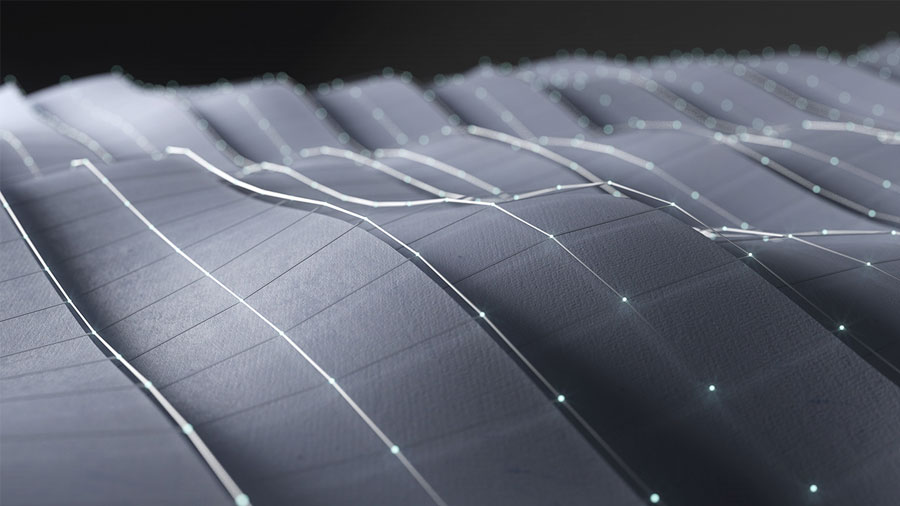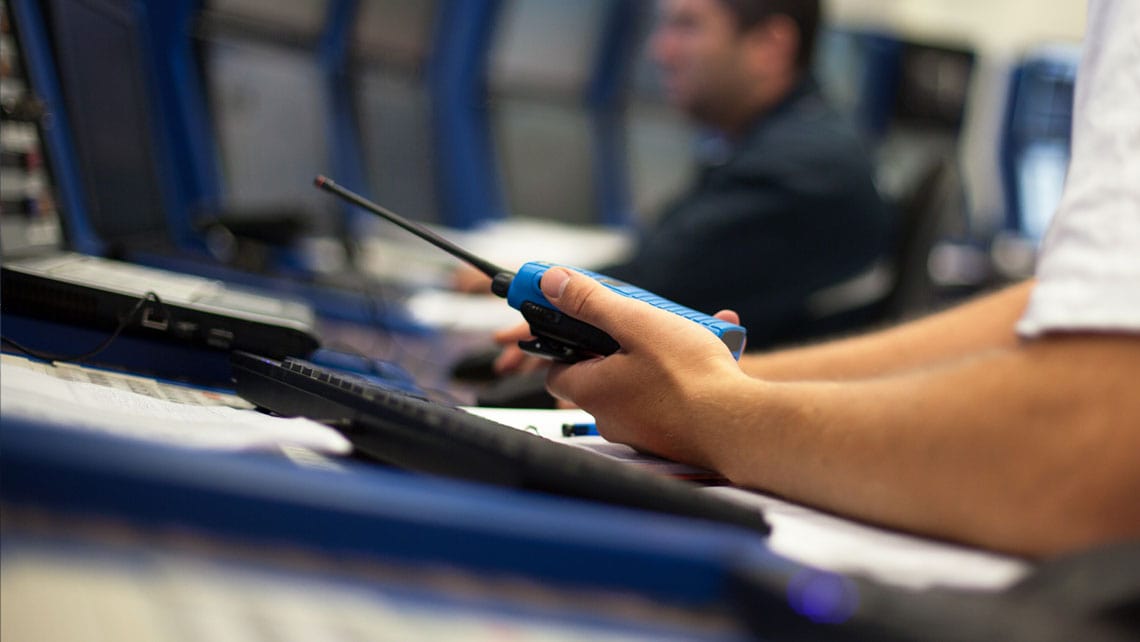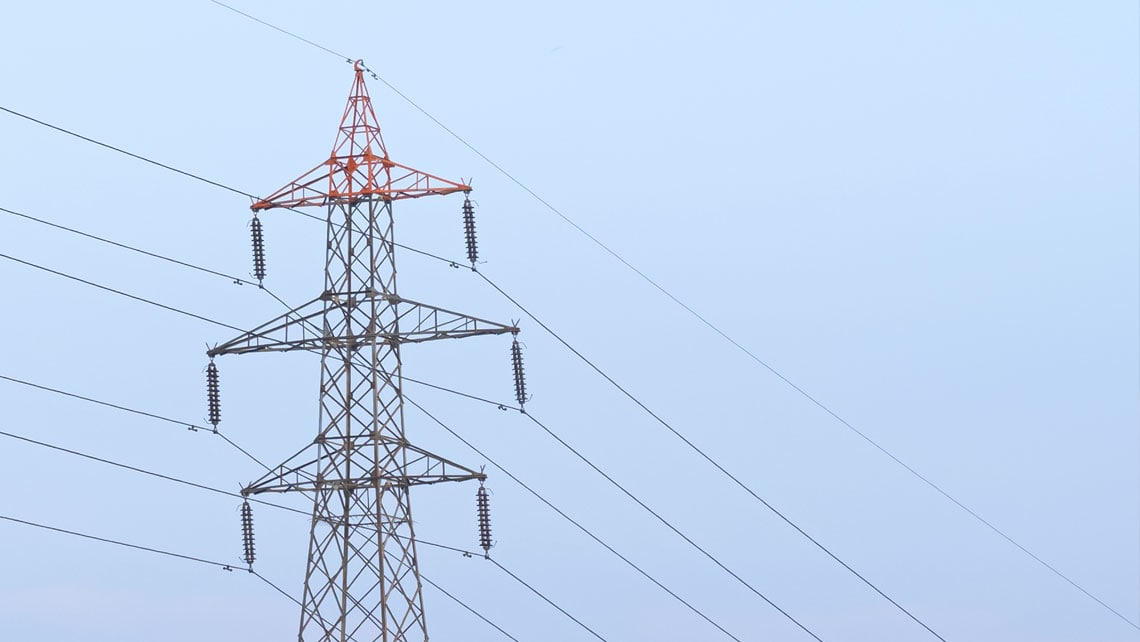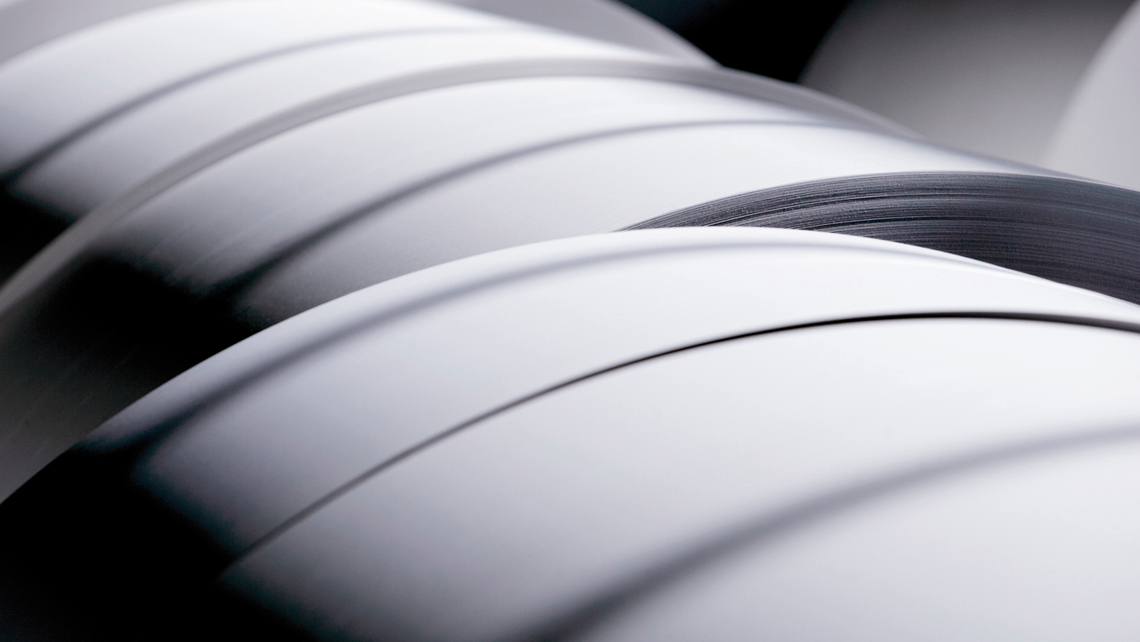“The chemistry alone does not perform miracles. It’s the application expertise and process knowledge that helps solve our customers’ challenges: understanding what is the right chemical product to use, how much and where in the process it should be dosed, what adjustments need to be made elsewhere… Even a high-quality product fails if it is not used correctly,” Mari emphasizes.
For Mari, the advanced digital services that combine data and utilize predictive analytics, machine learning, and AI technologies are a means to elevate this deep expertise to the next level and use it to help pulp, paper, board, and tissue producers to run more efficient processes.
“It’s about finding the optimal setting, the tight operating window with just the right parameters, which allow the papermaker to take the most out of their paper machine. The new solutions create transparency and increase understanding of the complicated papermaking process.”
For Mari, the essence of the papermaking process is in the constant change. Also the main raw materials – the wood-based fibers and water – have an impact on how the paper machine runs, and on top of that, there are countless interdependencies, delays, and spillover effects in the process. It’s no wonder that with all the automation and process control there is already in use in a modern paper mill, chemistry is the part that has been mostly left untouched, until now.
With this service, we can provide the operators with information that helps decision making to decrease process disruptions and runnability issues that could impair productivity or product quality.
Empowering operators at paper mills
One of the new digital services turning data into value for papermakers is the KemConnect™ Harmonizer, offered in collaboration by Kemira and SimAnalytics. It combines insights into both the chemical and mechanical issues in the papermaking process to create visibility and predictability that enables more stable production and higher machine efficiency.
“Most of all, it is a tool developed for the operators at the mill, for round-the-clock use in the control room,” Mari emphasizes. “With this service, we can provide the operators with information that helps decision making to decrease process disruptions and runnability issues that could impact and impair productivity or product quality, and this is the aspect that really excites me.”
The digital service alerts the operators to deviations in process harmony and provides actionable information to mitigate the emerging risk, but people have a key role in taking the required action. “The algorithms and machine learning models help broaden the knowledge of the mill personnel and vice versa; the algorithms also learn from the experienced mill personnel,” says Mari. She sees it as a change in the working culture. “It enables knowledge transfer and helps create a uniform way of running the papermaking process at the mill, implementing the full benefit of best practices from different operator shifts .”
From a hunch to transparency
During her over 20-year career at Kemira and before taking over her current role focusing on digital products and services, Mari has worked in Kemira’s research and development on topics relating to e.g. water treatment, deposit control, and papermaking wet end applications.
“I’ve experienced that at Kemira there’s room to grow based on what interests you. I’ve been surrounded by inspiring people who have deep expertise and decades of experience in their respective fields and who jump at the chance to join a new project and learn the latest in the field. It’s a huge benefit for us when developing new solutions for customers,” praises Mari and says that the sense of truly international and multicultural community is her favorite thing about working at Kemira.
Kemira has for years developed measuring and monitoring technologies for key papermaking chemistry applications to enable real-time visibility, better quality and performance control. Mari has also been involved in the development of one such technology for fixation and deposit control, called Kemira Flyto. It provides an up-to-date view of hydrophobic particles and their agglomeration tendency in the paper machine wet end and thus helps prevent deposition problems and poor runnability.





